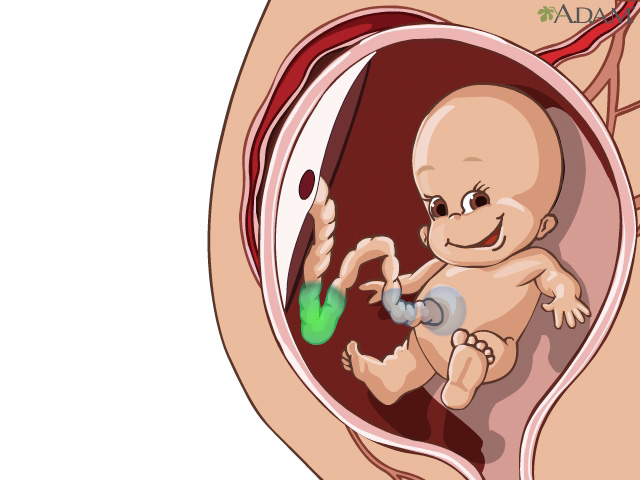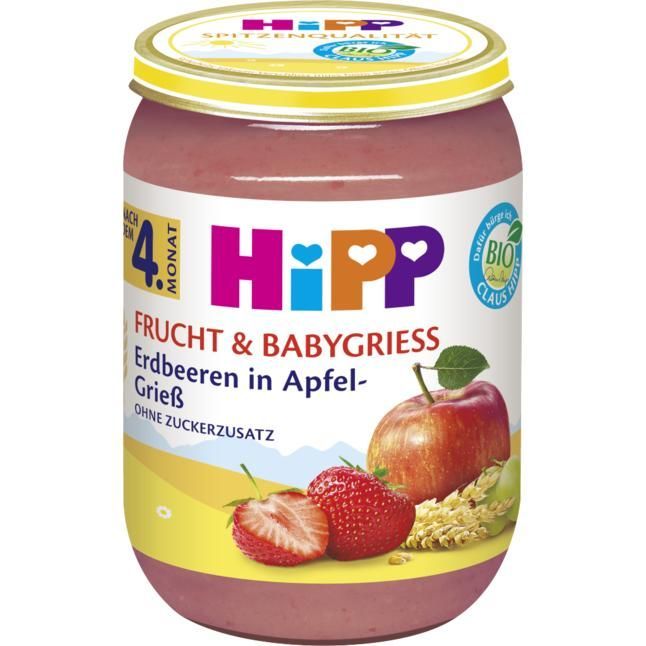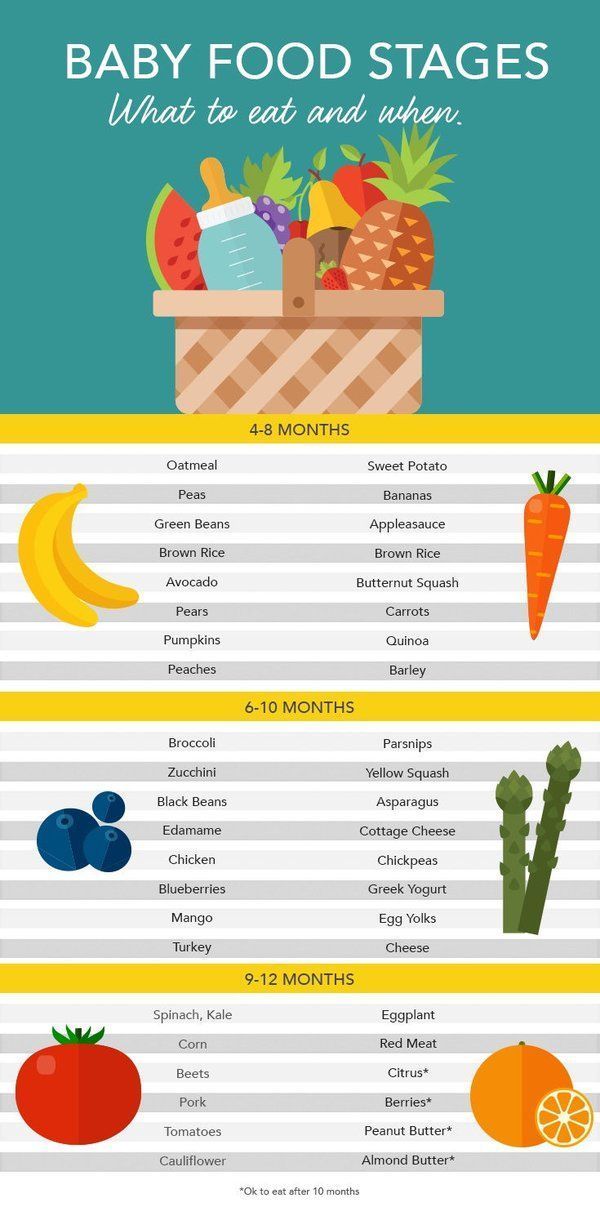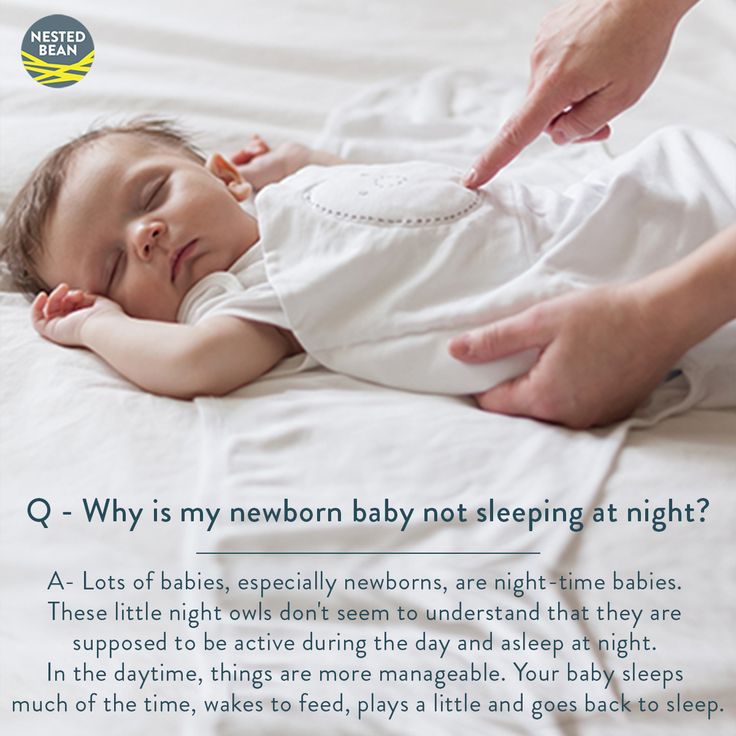How does baby taste food in womb
When do babies develop taste buds?
What foods and flavors will your baby like and dislike? Genetics are key, but other factors play a role too. Babies start to develop taste buds during the first trimester, and in a way, can taste in the womb because molecules of the food you eat pass through your bloodstream and into the amniotic fluid. The food you eat while pregnant can even influence your child’s sense of taste and their food preferences when they're older.
Your baby’s taste buds: Timeline
Your baby's tongue starts taking shape when you're just 4 to 5 weeks pregnant. When you’re 8 weeks pregnant, primitive taste buds appear, and many more develop between weeks 11 through 13, but they're not yet able to transmit actual taste sensations. That won't begin to happen until weeks 14 to 15, when nerve cells start making connections between the developing buds and the nerves that send taste messages to your baby's brain.
By about 30 weeks, many of your baby's taste buds – and their nerve connections – are fully formed and operational.
Can babies taste in the womb?
In a way, yes – babies can taste in the womb. Molecules of the food you eat pass through your bloodstream and into the amniotic fluid. Flavors are transmitted from your diet to amniotic fluid in the womb and breastmilk after birth, so breastfed babies are more accepting of various flavors.
The senses of smell and taste are very closely connected. Taste buds allow us to tell if something is sweet or bitter, salty, or sour, but smell helps us identify the specific flavor of food. The special cells that your baby needs for their sense of smell start developing around weeks 9 to 11 of pregnancy.
If you’re craving spicy curry and putting hot sauce on everything, don’t worry. Although your baby can detect some flavors and smells, there's no evidence that spicy food can harm your baby. (It might, however, make you uncomfortable: Hot and spicy foods can aggravate morning sickness and heartburn, a common complaint during pregnancy. )
)
At birth, your baby's new taste buds are very sensitive, and they can taste sweet, sour, and bitter flavors. Babies universally prefer sweet, which is one reason they love the taste of your breastmilk. Your baby probably won't be able to detect salty flavors until they’re about 2 to 6 months old.
Can you influence your baby’s sense of taste?
Can what you eat during pregnancy influence the flavors your baby will enjoy later in life? Some research indicates yes. In a small study of pregnant women, those who drank carrot juice during the last weeks of pregnancy and while they were breastfeeding had babies who appeared to prefer carrot-flavored cereal over plain cereal at 6 months of age.
Experiments also have been done with garlic, anise (a licorice-flavored spice), mint, and vanilla. Infants who were exposed to these tastes in the womb tended to prefer these flavors both in breast milk and in solid food.
How to support your baby's taste bud development
The foods you eat during pregnancy could influence your baby’s sense of taste and which flavors your child will prefer later in life.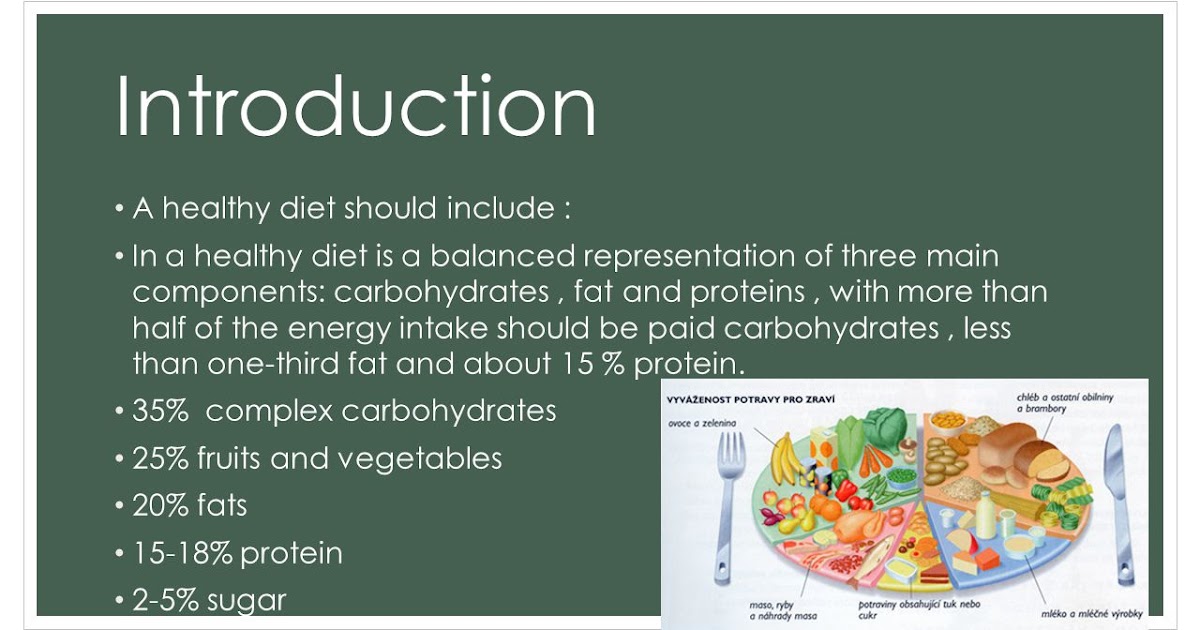 But don't stress about it too much (morning sickness and food aversions can derail your typical eating patterns). Just try your best to eat a diet during pregnancy that's as varied and healthy as possible. Doing so will help you get plenty of the vitamins and minerals essential for baby’s health, too. The six most important nutrients for your baby’s development during pregnancy are:
But don't stress about it too much (morning sickness and food aversions can derail your typical eating patterns). Just try your best to eat a diet during pregnancy that's as varied and healthy as possible. Doing so will help you get plenty of the vitamins and minerals essential for baby’s health, too. The six most important nutrients for your baby’s development during pregnancy are:
Advertisement | page continues below
- Folic acid
- Iron
- Calcium
- Vitamin D
- DHA
- Iodine
Take your prenatal vitamin every day and talk with your healthcare provider about whether you’re getting enough of these essential nutrients for baby’s growth. And finally, just keep in mind the basic food safety rules for pregnancy. No runny eggs or unpasteurized cheese, for example, and be sure to limit your caffeine consumption.
Key milestones in baby taste bud development
| Weeks pregnant | Milestone |
|---|---|
| 4-5 weeks | The tongue and roof of the mouth (palate) start to form.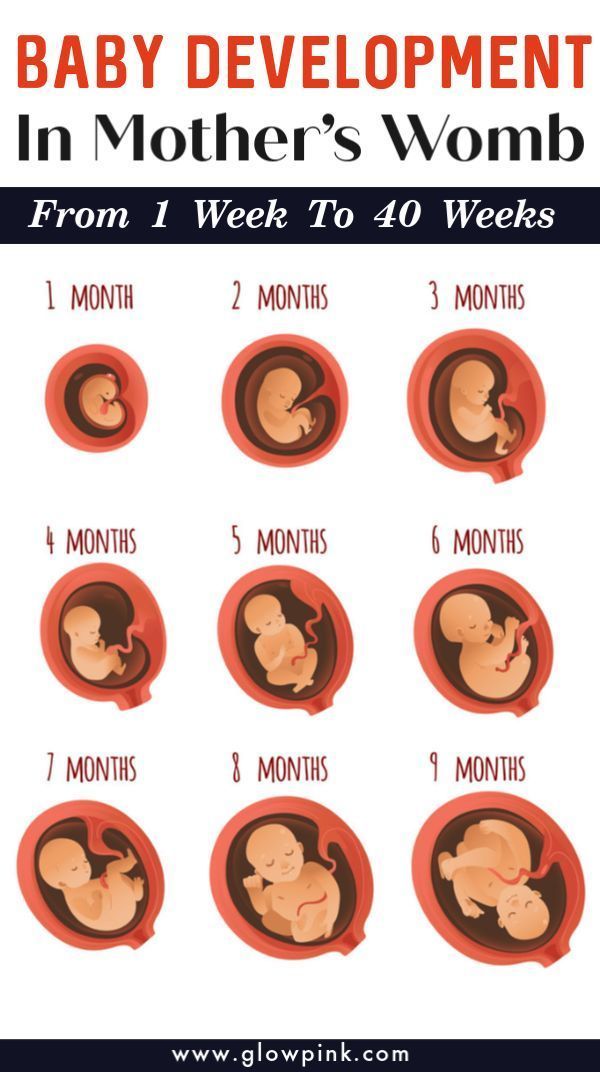 |
| 8 weeks | Primitive taste buds appear. |
| 14-15 weeks | Nerves from taste buds begin connecting to the brain. |
| 30 weeks | Many taste buds are able to transmit taste signals to the brain. |
| Birth | Your baby can taste sweet, sour, and bitter flavors. Reactions to salty foods come later, usually by 6 months. |
Was this article helpful?
Yes
No
Baby's Palate, Food Memories Shaped Before Birth : NPR
Baby's Palate, Food Memories Shaped Before Birth Amniotic fluid and breast milk can be flavored by the food a mother eats. And memories of these flavors are formed before birth. That could result in preferences for these foods or odors for a lifetime.
Opinion
Your Health
Heard on Morning Edition
Gretchen Cuda-Kroen
Baby's Palate And Food Memories Shaped Before Birth
Mothers might not realize that the tastes and flavors they savor while pregnant can influence their babies' palates later. Maggie Starbard/NPR hide caption
Maggie Starbard/NPR hide caption
toggle caption
Maggie Starbard/NPR
Want your child to love veggies? Start early. Very early. Research shows that what a woman eats during pregnancy not only nourishes her baby in the womb, but may shape food preferences later in life.
At 21 weeks after conception, a developing baby weighs about as much as a can of Coke — and he or she can taste it, too. Still in the womb, the growing baby gulps down several ounces of amniotic fluid daily. That fluid surrounding the baby is actually flavored by the foods and beverages the mother has eaten in the last few hours.
"Things like vanilla, carrot, garlic, anise, mint — these are some of the flavors that have been shown to be transmitted to amniotic fluid or mother's milk," says Julie Mennella, who studies taste in infants at the Monell Chemical Senses Center. In fact, Mennella says there isn't a single flavor they have found that doesn't show up in utero. Her work has been published in the journal Pediatrics.
In fact, Mennella says there isn't a single flavor they have found that doesn't show up in utero. Her work has been published in the journal Pediatrics.
The Scent Of Amniotic Fluid
To determine if flavors are passed from the mother to the the baby via the amniotic fluid, researchers gave women garlic capsules or sugar capsules before taking a routine sample of their amniotic fluid — and then asked a panel of people to smell the samples.
"And it was easy," says Mennella. "They could pick out the samples easily from the women who ate garlic." The sense of taste is actually 90-percent smell, she added, so they knew just from the odor that the babies could taste it.
Mennella says she got the idea from dairy farmers, who in the 1960s and 70s were doing research on how the diet of the dairy cow impacted the flavor of the milk. She says cows that graze on wild garlic and onion, or who live in stinking barns, produce milk with distinct flavors.
But Mennella says that not only is the amniotic fluid and breast milk in humans flavored by food just like cows, but memories of these flavors are formed even before birth. That could result in preferences for these foods or odors for a lifetime. In other words, if you eat broccoli while you're pregnant, there's a much better chance your baby will like broccoli.
Mennella says this had already been observed in rabbits, so she decided to test it in human babies — with carrots. Pregnant women were divided into three groups. One group was asked to drink carrot juice every day during their pregnancy, another during breastfeeding and a third to avoid carrots completely. Then when the children began to eat solid food, researchers fed them cereal made either with water, or carrot juice and videotaped their responses.
Things like vanilla, carrot, garlic, anise, mint — these are some of the flavors that have been shown to be transmitted to amniotic fluid or mother's milk.
Julie Mennella, who studies taste in infants at the Monell Chemical Senses Center
Introducing Babies To Food Culture
"And just like the European rabbit, the babies who had experienced carrot in amniotic fluid or mother's milk ate more of the carrot-flavored cereal," says Mennella.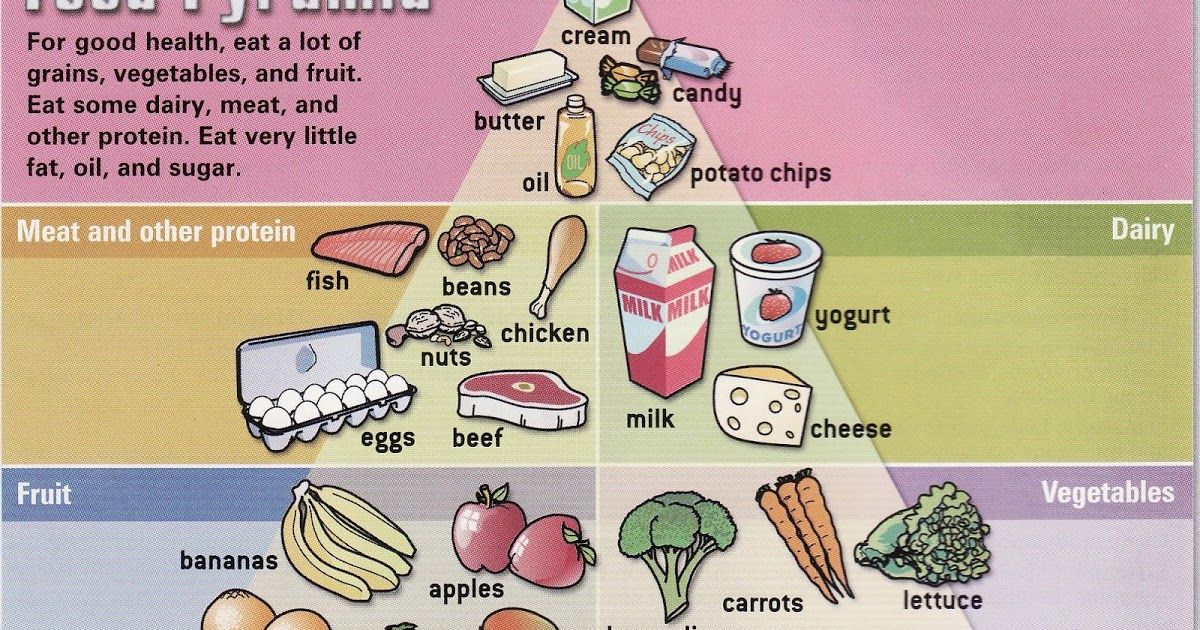 "And when we analyzed the video tapes they made less negative faces while eating it."
"And when we analyzed the video tapes they made less negative faces while eating it."
This makes a lot of evolutionary sense, says Mennella. Since mothers tend to feed their children what they eat themselves, it is nature's way of introducing babies to the foods and flavors that they are likely to encounter in their family and their culture.
"Each individual baby is having their own unique experience, it's changing from hour to hour, from day to day, from month to month," says Mennella. "As a stimulus it's providing so much information to that baby about who they are as a family and what are the foods their family enjoys and appreciates."
That very idea got Matty Lau thinking 'how is it that kids in other cultures eat foods that are spicy, bitter, or have pungent flavors?' She's a Chinese-American who had a baby in late July and recalls growing up eating foods most American kids she knows would never touch.
"My parents are great cooks — and so they'll cook things like preserved oysters.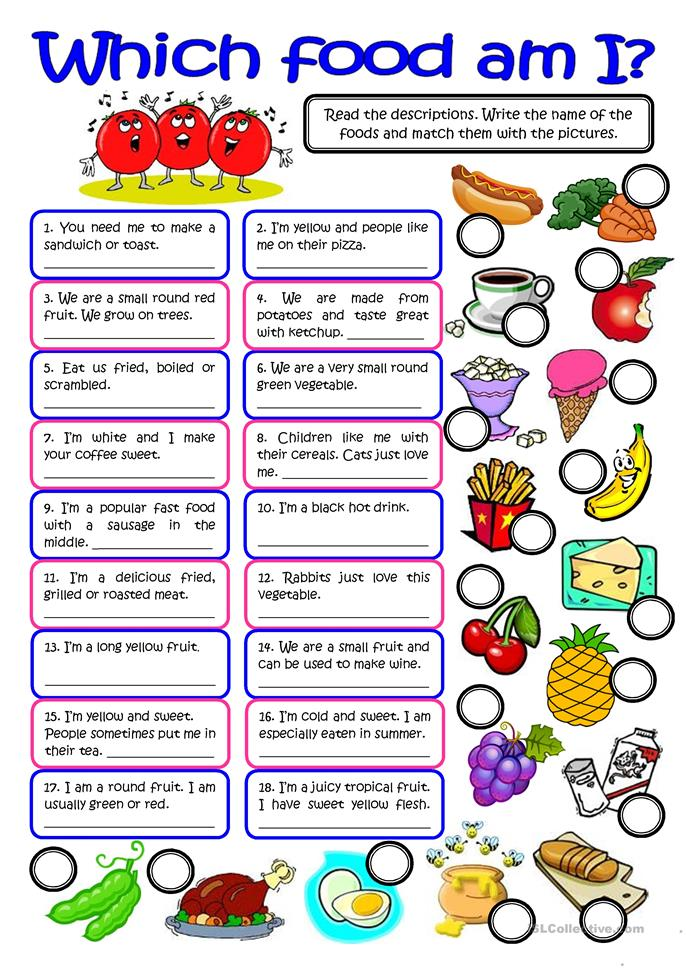 I always wondered how it was that I was able to grow up eating bitter vegetables like kale and mustard greens and things like ginger," says Lau.
I always wondered how it was that I was able to grow up eating bitter vegetables like kale and mustard greens and things like ginger," says Lau.
Instilling A Love Of Chinese Flavors Before Birth
While she was pregnant, she consciously tried to provide her baby with the flavors she loves from her native Chinese cuisine. She the hopes that when her baby is older, it will share her love of flavorful food.
"I was really concerned that my child enjoy food as much as the rest of my family," says Lau.
University of Florida taste researcher Linda Bartoshuk says babies are born with very few hard and fast taste preferences. She says Mennella's work shows that very early exposures to flavors – both before and after birth — make it more likely that children will accept a wide variety of flavors. And when those early exposures are reinforced over a lifetime, Bartoshuk thinks they might have far-reaching implications, even promoting good eating.
"To what extent can we make a baby eat a healthier diet by exposing it to all the right flavors — broccoli, carrots, lima beans, et cetera? Could we do that or not? My guess is we could," says Bartoshuk.
Menella acknowledges that many toddlers will still make a sour face when given broccoli, no matter how much the mother ate while pregnant. And maybe they will never like it. But she says parents should keep exposing young children to these flavors because they can eventually learn to like them.
Sponsor Message
Become an NPR sponsor
What do babies learn in the womb?
- Leslie Evans Ogden
- BBC Earth
Image credit: Thinkstock
communication with parents. Learning certainly begins before birth, says a BBC Earth columnist.
When I was expecting my first child, like most expectant mothers, I received a lot of unsolicited advice. nine0011
"Don't eat spicy foods, especially garlic, especially when you're breastfeeding." But as a terrible fan of spicy food, I didn't really listen. Cuisines differ markedly by culture. Therefore, children who are born in the spice capitals of the world are accustomed to the spicy flavor with their mother's milk.
Cuisines differ markedly by culture. Therefore, children who are born in the spice capitals of the world are accustomed to the spicy flavor with their mother's milk.
It was pure speculation on my part, but given my tiny test subject's excellent appetite, it seemed to me that he was not at all against the Thai curry and garlic dishes that he tried through breast milk. nine0011
Image copyright, EdelmannScience Photo Library
Photo caption,Babies learn about their mother's food tastes even before birth
- Boy or girl: what do signs say?
- Is it true that cats are shameless egoists?
- Giraffes' necks do not elongate when foraging
Recent scientific studies confirm that babies learn about their mother's culinary tastes even before they are born. But in fact, learning in the womb is not limited to the taste of food. And it is also not limited to human babies. Experiments show that all kinds of animals, from small to large, begin to explore the world even before they are born. Babies carefully observe the tastes, smells, sounds and even images available in the womb. nine0011
Experiments show that all kinds of animals, from small to large, begin to explore the world even before they are born. Babies carefully observe the tastes, smells, sounds and even images available in the womb. nine0011
How can a child learn to recognize the taste of garlic in the mother's stomach? Peter Goepper from the University of Belfast set out to find out. He observed 33 children whose mothers preferred garlic dishes or did not eat garlic during pregnancy.
Image copyright, Thinkstock
Image caption,Babies are sensitive to different flavors of breast milk
A scientist found that children's culinary tastes persisted even years later, because those whose mothers ate garlic during pregnancy ate potatoes with pleasure with garlic even at 8 or 9years old.
But how can human babies taste food in the womb? One theory, Goepper explains, is that the tastes get into the amniotic fluid, and when the fetus swallows it—from around the tenth week of pregnancy—"it tastes it.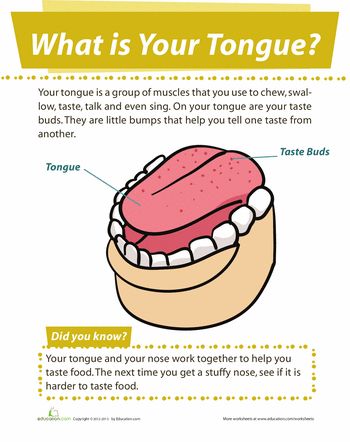 "
"
Tastes can also pass directly into the blood of the fetus through the mother's blood. Garlic, for example, lingers in our body systems for several hours after eating. This explains why at close range you can smell it even the next day after eating it. nine0011
Image copyright, Thinkstock
Image caption,Garlic and chili have a very strong taste
Researchers have shown that not only strong tastes, but also, for example, the taste of carrots can influence the culinary preferences of the fruit.
If such conclusions seem unscientific to you, consider that for mammalian babies, taste and smell are important triggers for suckling.
"When a baby is breastfed, he tastes the same taste in his mother's milk that he was used to during 30 weeks in the womb, and therefore he perceives it well," explains the scientist. "If the taste is different, feeding can become more problematic ". nine0011
So it is not surprising that prenatal taste perception is widespread in mammals such as rabbits, rats, dogs and cats.
This mechanism has evolved to protect newborns from dangerous foods and to help them recognize their mother. "It makes sense, because it's very important to be able to recognize who is naturally programmed to take care of us," Gepper notes.
This is especially important for animals that can be exploited by other species, giving them their offspring to feed. nine0011
While observing the behavior of the bird Malurus cyaneus (of the nettle family), Australian scientists accidentally noticed that females, while hatching eggs, make special sounds that are very similar to the cries of their hungry chicks after they hatch from eggs.
It is possible that in this way the mother teaches her unborn children the special signals they will call her after hatching. Scientists tested this hypothesis and found that chicks that call their parents differently are fed less. Moreover, even very slight differences in signals affect the behavior of adult birds. nine0011
nine0011
Photo copyright, David Tiplingnaturepl.com
Photo caption,Malurus cyaneus
Other studies have shown that ducks and chicks are taught to sing.
Scientists Christopher Garsh and Robert Lickliter of Indiana conducted an experiment that resembles the tale of the ugly duckling. Experiments have shown that partridge chicks prefer the call of a Japanese quail, rather than representatives of their own species, if they were played recordings of his singing before birth in an incubator.
What about human embryos? Are they able to learn sounds in the womb? Experiments by psychologist Athena Voouloumanos at New York University have shown that babies give more preference to human speech than to other sounds, and to their parents' language over other languages.
It is interesting that they learn their native language not only when their mother speaks, but also from the lips of other speakers. And the children of bilingual mothers, as Voulumanos' colleague at the University of British Columbia found, responded equally strongly to both of their mothers' native languages. nine0011
nine0011
Photo copyright, David Wellingnaturepl.com
Photo caption,Partridge (Colinus virginianus)
Can babies in the womb also learn to recognize musical melodies?
In one experiment by Finnish scientists, a group of late-term pregnant women listened almost daily to the children's lullaby "A little star twinkles". After the babies were born, scientists tested the children's reactions to small changes in the song's melody using an encephalogram. nine0011
The brains of babies who listened to it in the womb reacted much more actively to both variants of the melody (correct and incorrect) than the brains of those who did not play the lullaby. This suggests that the children recognized and remembered the melody.
One important consequence of this discovery is the need to pay special attention to the sound environment of premature babies. If there is a lot of mechanical noise in the neonatal unit, babies may remember these sounds at the expense of speech sounds and subsequently have difficulty learning language. nine0011
nine0011
Image copyright, Thinkstock
Image caption,Playing music to the stomach will probably not work
However, scientists are skeptical about artificially modeling the sounds that a fetus can hear. And they consider the popularity of devices that play music directly to babies in the womb and attached to the stomach or even have vaginal speakers as a commercial move.
It turns out, however, that babies of different animals in the womb are able to perceive more than just tastes, smells and sounds. nine0011
An unexpected discovery was made by researchers observing cuttlefish, animals that zoologists believe have one of the richest behavioral repertoires in the world. Researcher Ludovic Dickel of the University of Cannes in Lower Normandy in France found that once the cuttlefish's visual system starts to function, about three weeks before hatching from the egg, the animal begins to learn through sight.
In one experiment, Dickel and his colleagues showed cuttlefish embryos images of crabs, which usually could not affect the embryos' sense of taste or smell because they did not release chemicals.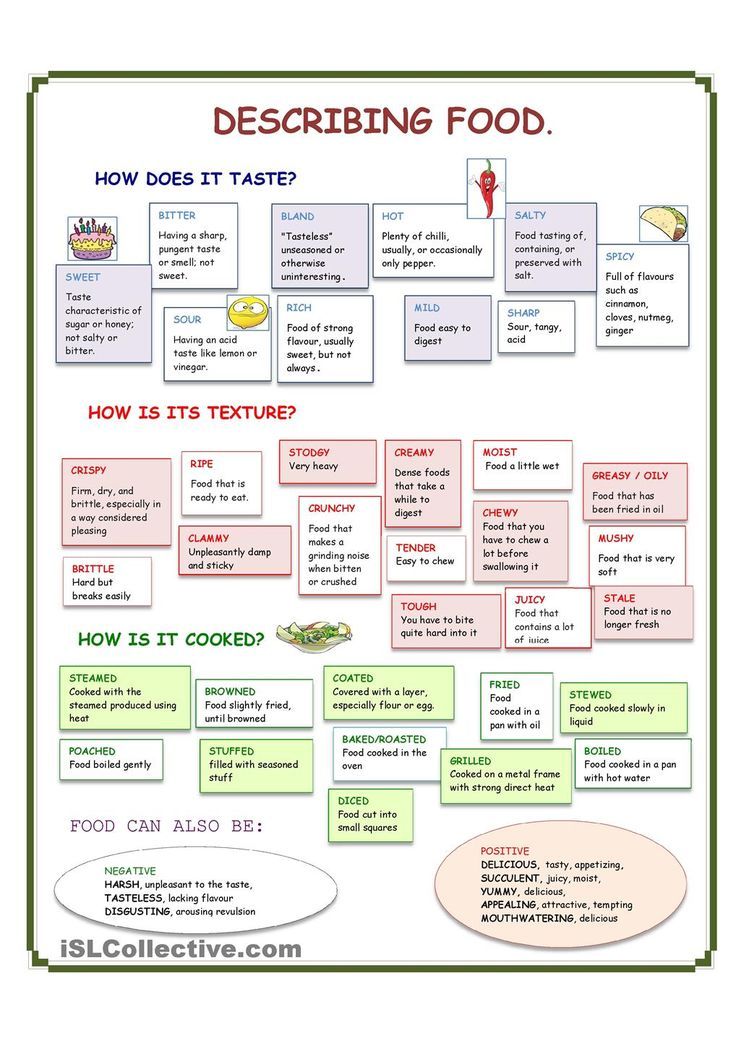 After hatching, cuttlefish exposed to crabs had a markedly greater preference for prey from the crustacean family than their peers who received no visual cues before birth. nine0011
After hatching, cuttlefish exposed to crabs had a markedly greater preference for prey from the crustacean family than their peers who received no visual cues before birth. nine0011
Photo copyright, David Fleethamnaturepl.com
Photo caption,Pharaoh cuttlefish (Sepia pharaonis) eggs
As Ludovic Dickel's team found, cuttlefish began to learn even earlier, four weeks before hatching. They sensed touches and chemical cues, such as the scent of predatory European sea bass.
The ability to quickly learn to recognize the smell of danger is also inherent in salamanders and frogs.
Knowledge of the dangers of the environment in which an animal will be born is an important way for amphibians to survive. Many of them develop in an environment filled with predators, and 90-99% of the young may die before they transform from a tadpole to an adult.
Sometimes water bodies become safe, which allows active movement and search for food, however, in other periods, the number of predators increases markedly, and in order to survive, animals are forced to be very careful.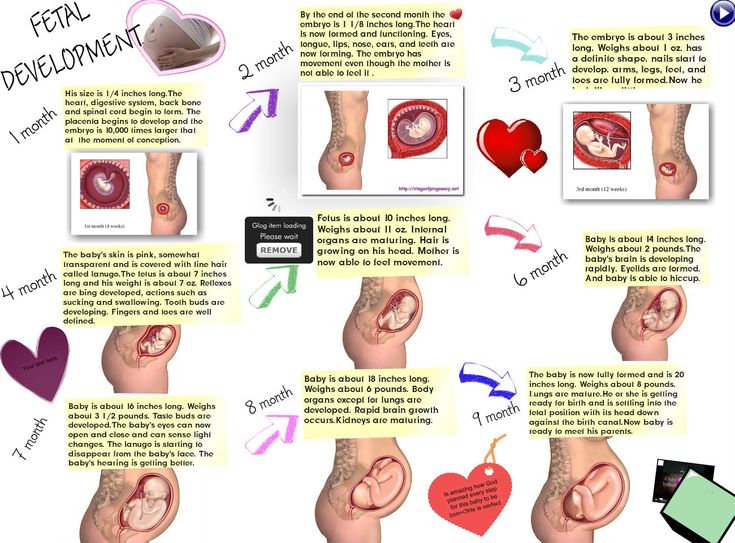 They learn this from the many chemicals that surround them in the water and contain a lot of information about the environment.
They learn this from the many chemicals that surround them in the water and contain a lot of information about the environment.
Alicia Mathis of Missouri is trying to use these early chemistry lessons to save the endangered salamander, the Allegamian salamander. nine0011
Photo credit, Visuals Unlimitednaturepl.com
Photo caption,Ringed salamander (Ambystoma annulatum)
To increase the population of this species, salamanders are bred in captivity. And the scientist is trying to "educate" the young about the real world dangers they may face when they are released into the wild.
This kind of captive breeding is called "start". Research has shown that what we learn before we are born can give us far greater benefits than previously thought. nine0011
What a baby feels and hears in the womb
During pregnancy, some women look at their belly and sing to their unborn baby. But does the fetus hear these songs, does the fetus feel these touches?
Irina Slepukhina
It would be interesting to remember what we felt and saw when we were in the womb. Parts of the somatosensory system begin to form just a few weeks after conception. By week 8, the fetus develops tactile receptors on the face. nine0011
Parts of the somatosensory system begin to form just a few weeks after conception. By week 8, the fetus develops tactile receptors on the face. nine0011
Over the next few months, sensory receptors begin to form everywhere, such as on the hands and feet by 12 weeks and on the abdomen by 17 weeks. By week 32, all parts of the fetal body can feel touch. At this moment, the fetus is so sensitive that it can feel the touch of a hair on its body.
Hearing
Hearing develops in the fetus at 18 weeks, and the baby begins to respond to sounds at 20 weeks. For example, loud noises can cause changes in the baby's heartbeat and movements. nine0011
In general, the uterus is not such a quiet place. Many sounds penetrate into her, such as the mother's heartbeat and voice, which sounds even louder than if the child heard it in real life - it is transmitted through the bones and fluids inside her body.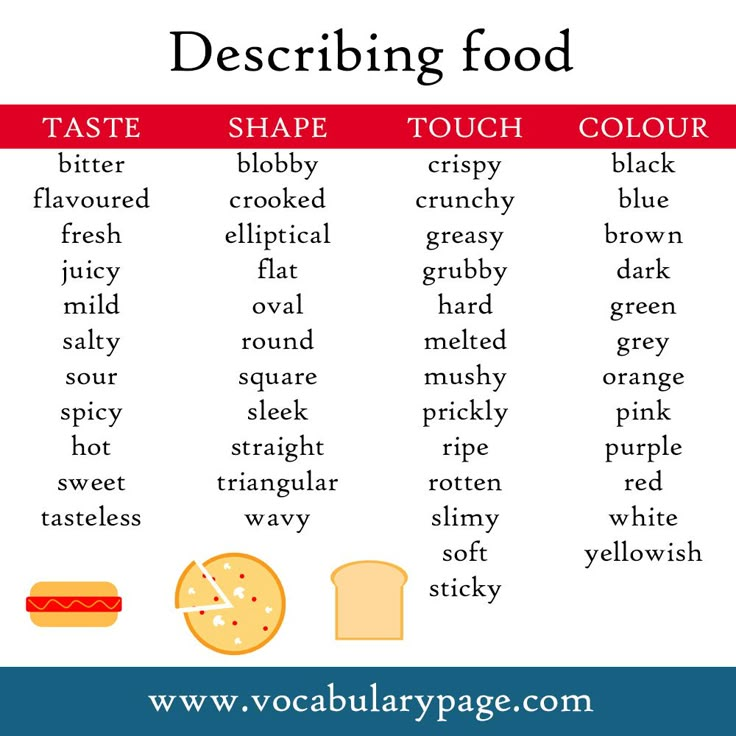 Sounds coming from outside the fetus hears muffled, but still quite clear.
Sounds coming from outside the fetus hears muffled, but still quite clear.
Movements of the mother
The sense of balance develops in the fetus due to its movements in the womb. It not only floats in the amniotic fluid, but also changes its position depending on the movements of the mother - they stimulate the development of the vestibular apparatus. nine0011
Maternal movements can also stimulate changes in fetal behavior. For example, if a woman in a good mood decides to dance, then the child will move more actively. And if the mother is sleeping or just resting, then the fetus in such cases is usually motionless.
Tastes and smells
From about the 4th month, taste buds begin to develop in the fetus. But the fetus will be able to feel the taste of food only by the third semester, when amniotic fluid can enter the nose and mouth. Amniotic fluid has a taste and smell that depends on the woman's diet.